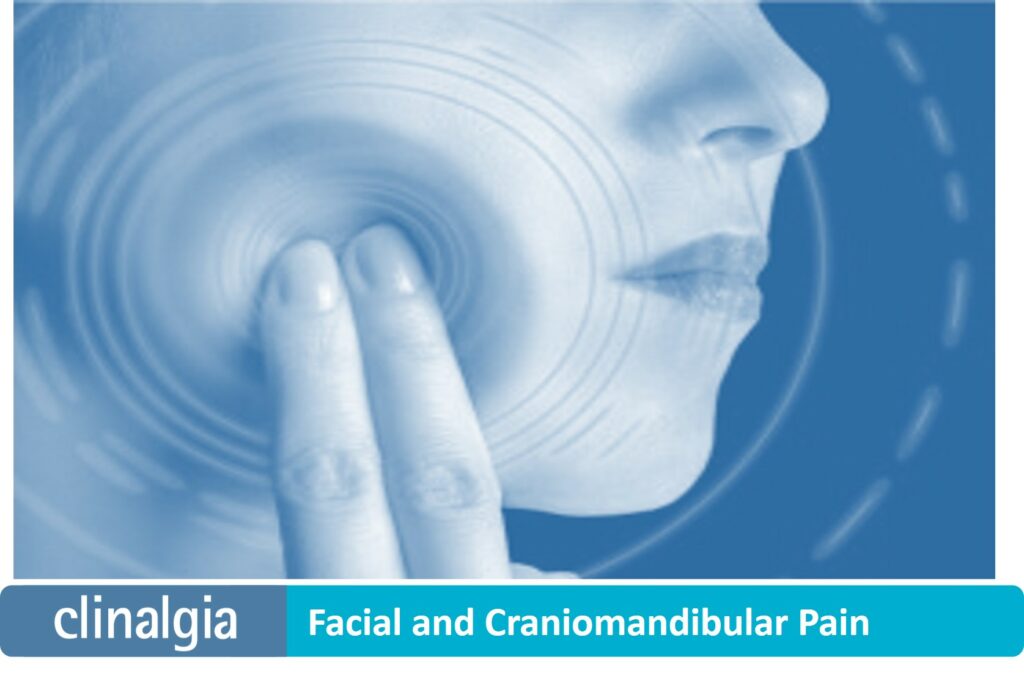
Facial and Craniomandibular Pain

Facial Pain
Most facial pain is related to the mouth or its associated structures (orofacial pain).
In the presence of any of these pains it will be a priority to rule out any disease that generates it, since tumor processes or other diseases, such as multiple sclerosis, can debut with pain radiating to the face.
A review by a neurologist is mandatory, and after a clinical examination, he/she will prescribe the pertinent diagnostic tests.
What is facial pain?
Facial pain or facial algia is a painful syndrome located in the craniofacial structures, under which a large number of diseases are grouped, including peripheral or central neural pathologies, intraoral (teeth, maxilla, periodontium and mandible), nose and paranasal cavities, eyes and ears, ligaments, head muscles and blood vessels, as well as the temporomandibular joint.
Chronic facial pain is understood as that which has, at least, six months of evolution (1).
Types of pain
It is essential to have a good diagnosis because there are several types of facial pain, each one with its own therapeutic particularities: a good diagnosis will bring us closer to a more adequate treatment.
Once a neurological cause has been ruled out, other specialists, such as the otolaryngologist or the dentist, will have to determine whether it could be a problem related to other structures.
The dentist is especially important, since most facial pain is related to the teeth, their attachment system (periodontal system), the jaw joint or the muscles of the face and skull.
If, once any process that justifies the pain has been ruled out, it is best for the patient to be referred to a Pain Unit, preferably with a multidisciplinary team and an expert in craniofacial pain.
The most relevant facial pain are:
1.- Orofacial pain
2 .- Craniomandibular dysfunction
3 .- Trigeminal neuralgia
4.- Atypical facial pain (atypical odontalgia)